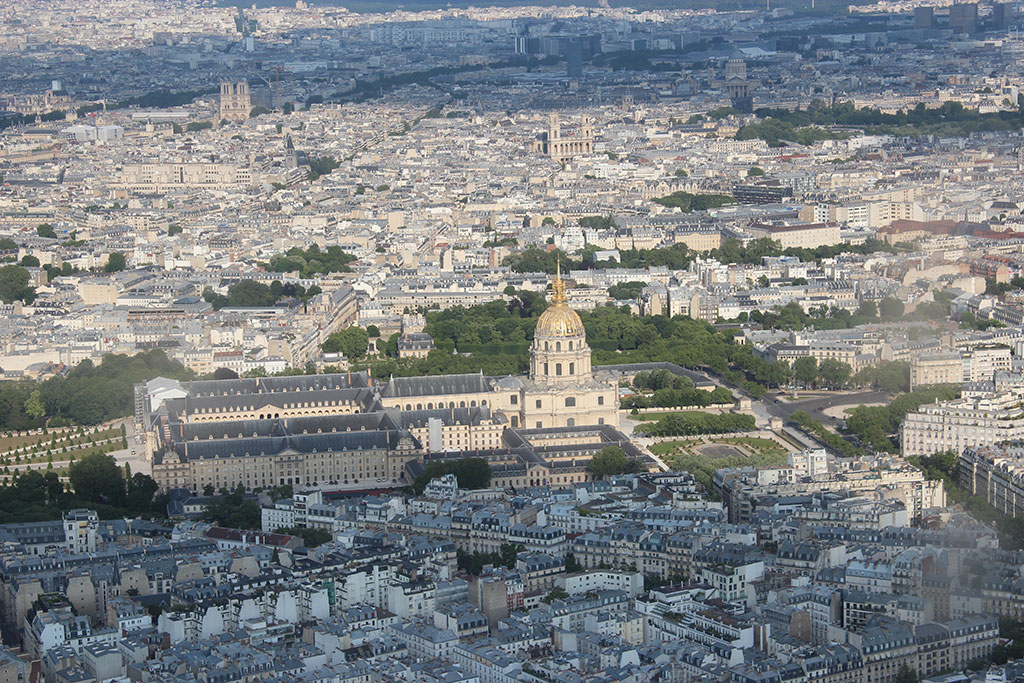
“Embrace Your Fears: What holds us back in life is the invisible architecture of fear. It confines us to our comfort zones, which, in reality, are the least safe places in which to dwell. Indeed, the greatest risk in life is taking no risks. However, each time we confront what we fear, we reclaim the power that fear has taken from us. On the other side of our fears lies our strength. Every time we step into the discomfort of growth and progress, we become freer. The more fears we conquer, the more power we gain. This transformation makes us both fearless and powerful, enabling us to live the lives we dream of.”
I first encountered these words over a decade ago in Robin Sharma’s “Secret Letters to the Monk Who Sold His Ferrari.” These lines were etched onto a skull-shaped talisman that Robin’s protagonist receives at the Empire of the Dead. While Robin has a penchant for dramatizing events in his books, which can sometimes seem unrealistic, these words resonated deeply with me, representing the life I’ve lived. I’ve always embraced risk, journeying to places where most would hesitate. Since reading those lines, I’ve yearned to visit this site in Paris. Although my wife and kids fantasized about ascending the Eiffel Tower and strolling along the Champs-Élysées, my heart was set on a different plan: visiting the Empire of the Dead!
As these words lingered in my mind and my anticipation to visit grew, outside our window, a tapestry of European landscapes unfurled. My children gazed in awe at the passing cities, towns, and meadows. The hum of the Thalys train echoed through the compartments as we sped from Amsterdam Central to Paris Nord at an astonishing 300 km/h.
Amsterdam captivated our hearts. Its canals and quaint streets held so many promises. However, our failure to book in advance meant we missed experiencing the brilliance of Van Gogh and the poignant memories of Anne Frank’s house. We even arrived too late for the Keukenhof Tulip Gardens. Europe had a lesson for us: always book ahead!
My strategy of booking hotels close to central stations in Europe proved economically wise. It allowed easy and cost-effective access to public transport. Yet, the sheer amount of walking, even just between platforms, sometimes resulted in a staggering 25,000 steps a day!
Paris is a city of lights, romance, and history. Beneath its streets lie two distinct networks of tunnels. One stands as a testament to French engineering with its metro system; the other, known as the Empire of the Dead, houses a chilling piece of history.
The macabre site, marked ominously with the inscription “Stop! This is the Empire of Death,” contrast starkly with the world above. This underground ossuary tells the stories of millions, with walls adorned in intricate designs of skulls and bones. While my wife and daughter explored the city’s brighter side, my son and I, armed with audio tours, ventured into this shadowy realm, feeling history’s weight with each step.
After entering through a stone doorway, our descent began down the winding stone stairs. The repetitive spirals momentarily disoriented us. At the base, we wandered for miles through dim, damp tunnels. Meticulously arranged bones lined the walls—neatly stacked femurs, organized piles of tibias, and intricate patterns crafted from clavicles and ribs. Before me stood a column of haunting skulls, remnants of six million Parisians from diverse backgrounds. Welcome to the Paris Catacombs.

Paris mesmerizes with its blend of light and dark, life and death, beauty and eeriness. Every nook has a tale, every street holds secrets, and each journey, whether above ground or below, promises an adventure.
Emerging from the catacombs’ quietude, we were struck by the magnificence of Napoleon Bonaparte’s tomb, situated just a short distance away on Charles De Gaulle road. The stark contrast was evident—from the bones of millions in the catacombs to the grand tomb of a historical giant.

While Napoleon Bonaparte is praised for modernizing France and his military genius, he’s also been the subject of critique. His reign limited the democratic ideals of the French Revolution, and his territorial aspirations instigated lengthy wars, resulting in countless casualties. Yet, he’s celebrated for his role in reshaping France and his unmatched military strategies. His vision and relentless ambition epitomize the spirit of setting and chasing goals. He advocated adaptability and decisiveness, underlining the value of flexible leadership. A standout feature of his regime was promoting meritocracy, where talent and capability outweighed social status, a value modern institutions still uphold.

Observing the Empire of the dead and Bonaparte’s tomb, a profound realization hit me. One day, we too will be reduced to mere bones, either buried or cremated with our ashes released into a river. How we spend our interim days matters most. Perhaps that’s why Robin Sharma chose this setting for his tale, drawing visitors like us to this unique place.

Welcome to the Paris Catacombs, the empire of the dead.
Prof. Dr. Prahlada N.B
Chitradurga
13/08/2023.

















Leave a reply